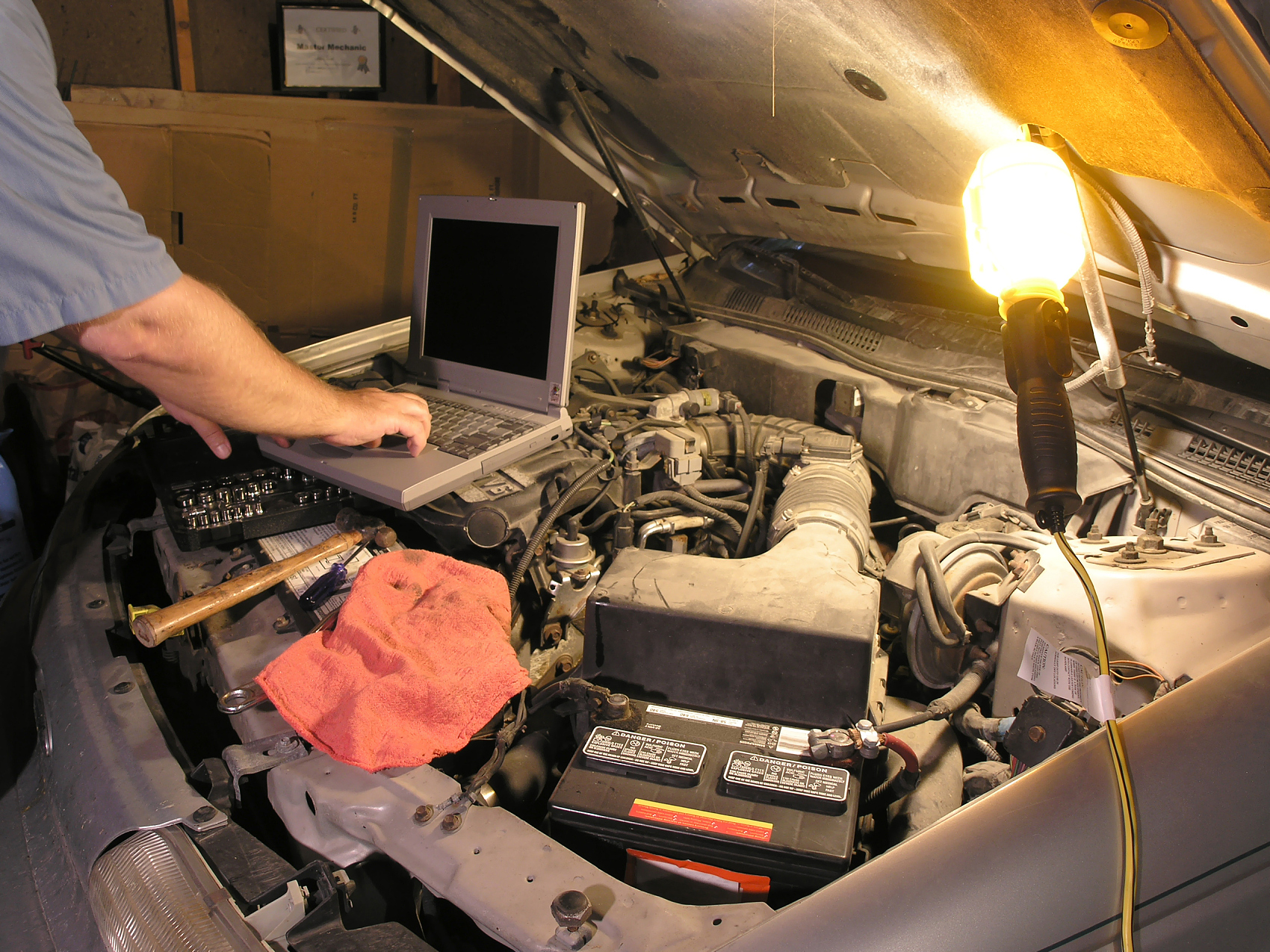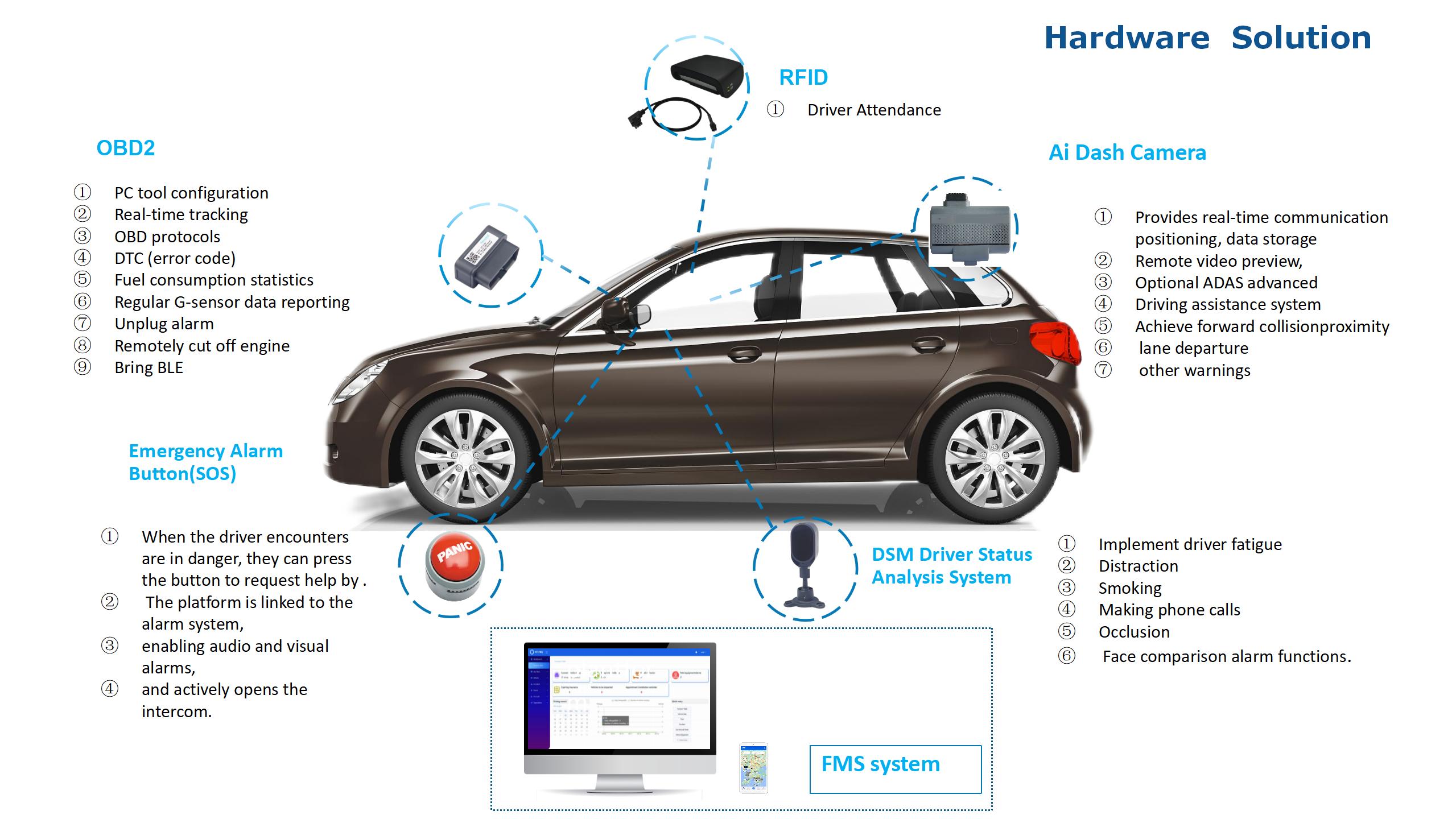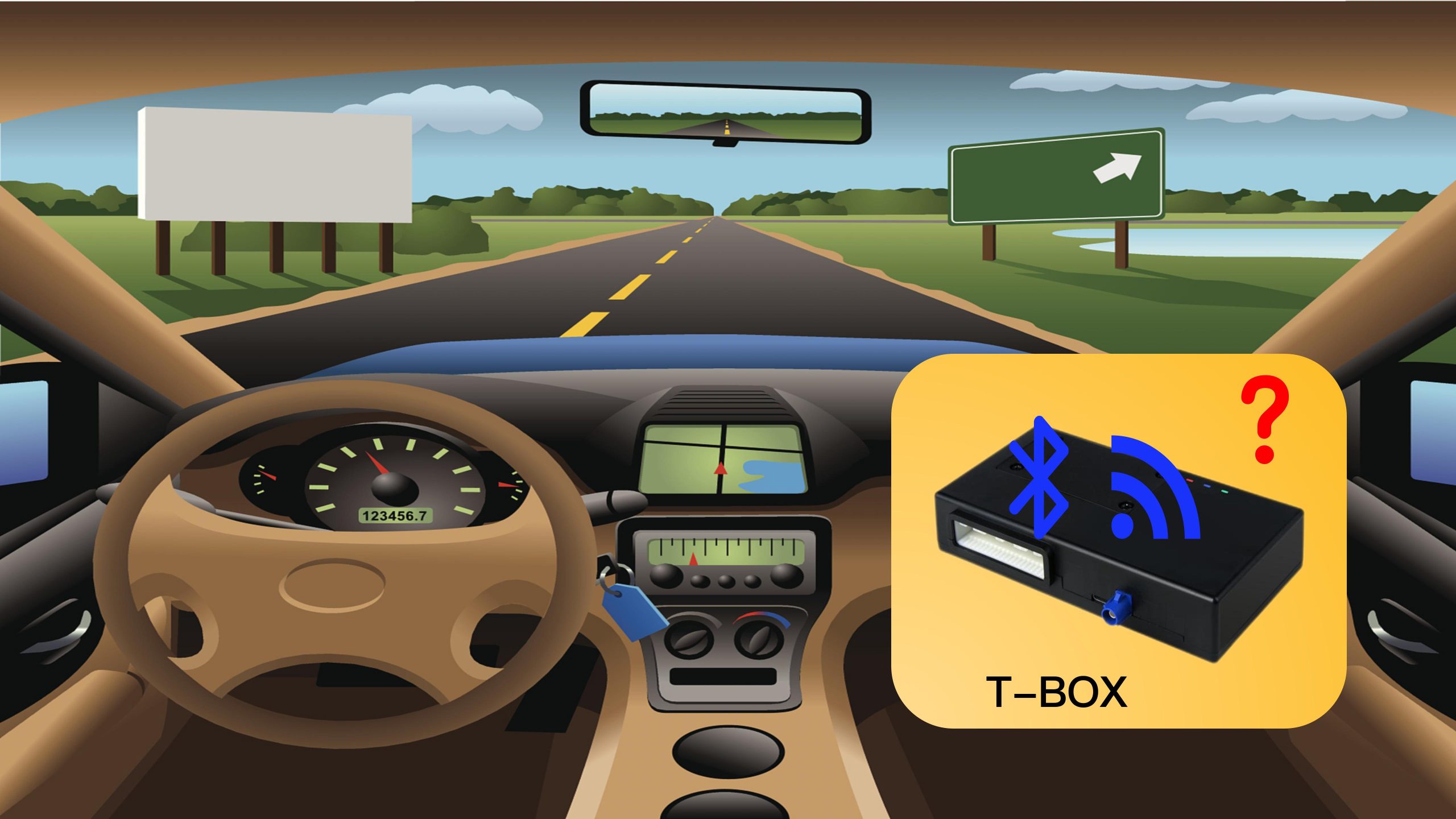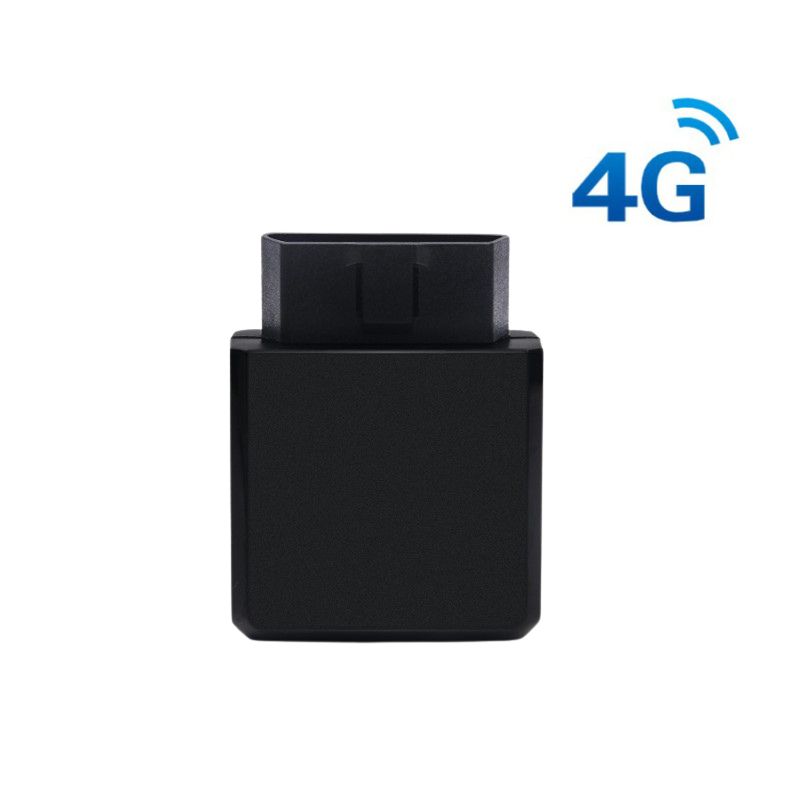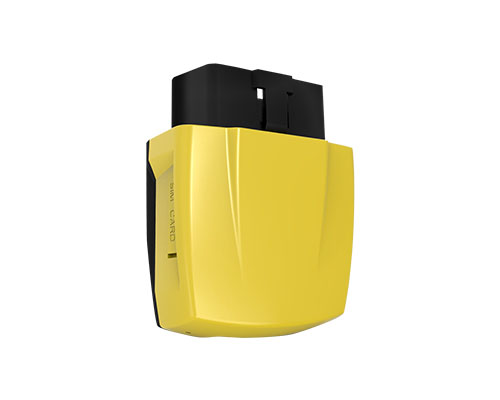 What is OBD-II Protocols
What is OBD-II Protocols
OBD-II (On-Board Diagnostics II) communication protocols define the electrical signaling, message format, and data transmission rules that allow a diagnostic tool (e.g., OBD scanner) to communicate with a vehicle’s Electronic Control Units (ECUs). Since different manufacturers use different communication methods, OBD-II standardizes five major protocols to ensure compatibility across vehicles. Each protocol specifies: • Physical wiring (voltage levels, pin assignments) • Data transmission speed (baud rate) • Message structure (how requests & responses are formatted)
 List of OBD-II Protocols
List of OBD-II Protocols
OBD-II supports several protocols, depending on the vehicle manufacturer and model year. The most common ones are:
1. SAE J1850 PWM (Pulse Width Modulation)
- Used by: Ford
- Data Rate: 41.6 kbps
- Bus Type: Differential
- Pin Configuration:
- Pin 2: Bus +
- Pin 10: Bus −
- Key Features:
- Two-wire differential bus.
- Uses pulse-width modulation (duty cycle represents bit values).
- Requires proper synchronization between devices.
- Pros: Decent speed, robust.
- Cons: Only used by a few manufacturers, now deprecated.
2. SAE J1850 VPW (Variable Pulse Width)
- Used by: GM (General Motors)
- Data Rate: 10.4 kbps
- Bus Type: Single wire
- Pin Configuration:
- Pin 2: Bus
- Key Features:
- Single-wire bus.
- Uses variable pulse widths to represent data.
- Slower than PWM.
- Pros: Simple physical layer.
- Cons: Lower data rate, less efficient.
3. ISO 9141-2
- Used by: Most European, Asian vehicles (pre-2008)
- Data Rate: 10.4 kbps
- Bus Type: Asynchronous serial (K-line)
- Pin Configuration:
- Pin 7: K-line
- Pin 15: L-line (optional for wake-up)
- Key Features:
- Based on K-line communication.
- One wire used for serial communication.
- L-line used for initial handshaking.
- Pros: Simple, widely adopted.
- Cons: Very slow communication; not suitable for modern real-time diagnostics.
4. ISO 14230-4 (Keyword Protocol 2000 or KWP2000)
- Used by: Various European/Asian vehicles (post-2000)
- Data Rate: 1.2 – 10.4 kbps
- Bus Type: K-line
- Pin Configuration:
- Pin 7: K-line
- Pin 15: L-line (optional)
- Key Features:
- Supports faster initialization and more advanced diagnostics.
- Uses keywords in the communication for establishing session and data exchange.
- Pros: Backward compatible with ISO 9141.
- Cons: Still slow compared to CAN.
5. ISO 15765-4 / SAE J2480 (CAN – Controller Area Network)
- Used by: All vehicles sold in the U.S. from 2008 onward
- Data Rate: 250 kbps or 500 kbps
- Bus Type: Multi-master, differential
- Pin Configuration:
- Pin 6: CAN High (CAN-H)
- Pin 14: CAN Low (CAN-L)
- Key Features:
- Modern high-speed protocol.
- Supports multiple ECUs talking on the same bus.
- Very reliable and real-time data transmission.
- Pros: Fast, robust, standardized worldwide.
- Cons: Slightly more complex to implement.
 OBD-II Diagnostic Modes (Functions)
OBD-II Diagnostic Modes (Functions)
The OBD-II standard defines ten diagnostic modes (also called service modes or modes of operation), specified in SAE J1979:
| Mode | Name | Description |
|---|---|---|
| 01 | Show Current Data | Retrieves real-time sensor data (RPM, speed, coolant temp, etc.) |
| 02 | Show Freeze Frame Data | Captures sensor data at the moment a fault occurred |
| 03 | Show Stored Diagnostic Trouble Codes (DTCs) | Displays fault codes stored in memory |
| 04 | Clear DTCs and Freeze Frame Data | Clears diagnostic trouble codes and freeze data |
| 05 | Oxygen Sensor Monitoring Test Results | Returns results of O2 sensor tests (for non-CAN vehicles) |
| 06 | On-Board Monitoring Tests | Advanced diagnostics like misfire detection (CAN and newer) |
| 07 | Show Pending DTCs | Shows faults detected but not yet confirmed |
| 08 | Control Operation of On-Board Systems | Allows control of actuators (like fan on/off) |
| 09 | Vehicle Information | Displays VIN, calibration ID, and other metadata |
| 0A | Show Permanent DTCs | Shows codes that cannot be erased without resolving the fault |
 Region-Based Usage
Region-Based Usage
| Protocol | Region | Vehicle Example |
|---|---|---|
| J1850 PWM | USA (Ford) | Ford F-150 |
| J1850 VPW | USA (GM) | Chevrolet Silverado |
| ISO 9141-2 | EU, Asia | VW Golf (1990s–2000s) |
| ISO 14230 (KWP) | EU, Asia | Toyota Corolla (2000s) |
| ISO 15765 (CAN) | Global (2008+) | Honda Civic, Ford Focus |
What Do OBD-II Communication Protocols Do?
They enable external diagnostic devices (like OBD scanners) to:
✅ Read Diagnostic Trouble Codes (DTCs) (e.g., P0172 – Fuel System Too Rich)
✅ Monitor real-time sensor data (e.g., RPM, fuel trim, O2 sensor voltage)
✅ Clear fault codes (reset check engine light)
✅ Perform actuator tests (e.g., fuel pump relay test)
✅ Retrieve vehicle info (VIN, ECU software version)
Without a standardized protocol, each car brand would use its system, making diagnostics difficult.
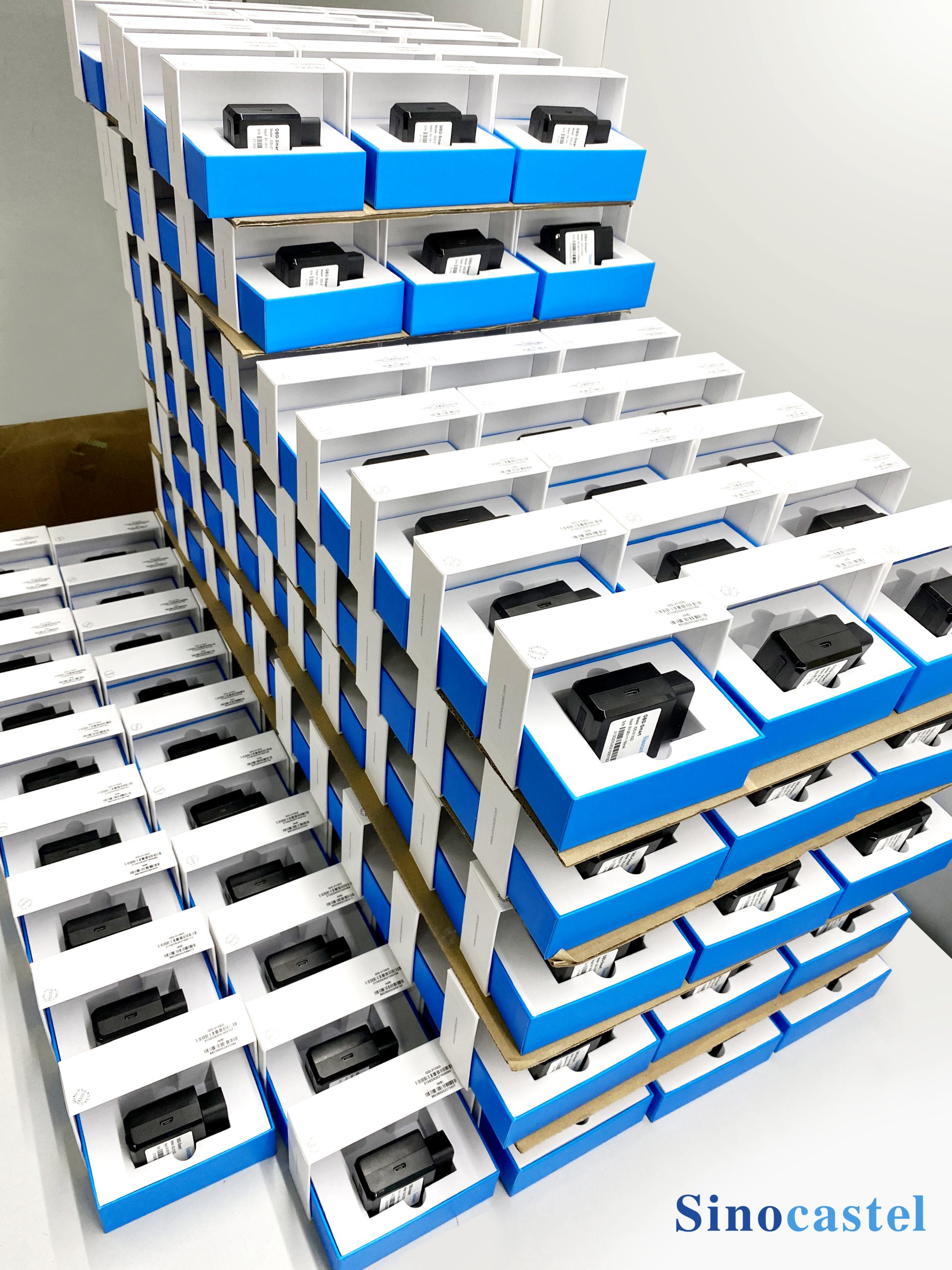 OBD2 Supported 5 common protocols
OBD2 Supported 5 common protocols
How OBD-II Protocol Work?
1 )Physical Connection (OBD-II Port)
Every OBD-II-compliant vehicle has a 16-pin DLC (Diagnostic Link Connector) (SAE J1962). The protocol determines which pins are used (e.g., CAN uses Pins 6 & 14, K-line uses Pin 7).
2)Message Structure Each protocol has its own message format, but all follow a general structure: Request (from scanner) → “Give me trouble codes” (Mode 0x03) ; Response (from ECU) → “Here are the codes: P0172, P0300″Example (ISO 15765-4 / CAN): Scanner → 7DF 02 01 03 00 00 00 00 (Request DTCs)ECU → 7E8 06 41 03 01 72 03 00 (Response: P0172, P0300)
3) Protocol Selection
The scanner auto-detects the protocol by checking voltage signals on different pins.Older protocols (J1850, ISO 9141) are slower (10.4 kbps).Modern CAN-based systems are faster (500 kbps).
Why Are There Multiple OBD-II Protocols?
1) Historical reasons: Different manufacturers developed their systems before standardization.GM used J1850 VPW
Ford used J1850 PWM, European cars used ISO 9141/KWP2000
2)Technology evolution: Early 1990s → Slow, single-wire protocols (J1850, K-line),2000s → Faster, dual-wire CAN bus (ISO 15765-4)
Cost & compatibility:
CAN is more advanced but was expensive inthe early OBD-II days. Some systems (e.g., body control modules) still use K-line for simple tasks.OBD-II is a universal automotive diagnostic standard that supports multiple protocols and services. Modern vehicles primarily use CAN (ISO 15765-4), while older vehicles may use KWP2000, ISO 9141, or J1850. The 10 standard diagnostic modes allow reading DTCs, live data, and performing tests. Understanding these protocols is essential for vehicle diagnostics, tuning, and emissions testing.


